IBM take design very seriously, as a technology company that has always valued design, from the early days of personal computers to the first mainframe computers to the most recent work in cognitive computing – design is crucial.
As the Service Design Programme Director for Europe and a Design Manager at IBM I was responsible for a team tasked with introducing service design to GTS in IBM. I led and developed an approach to service design practices that embraced IBM’s Design Thinking for Enterprises and IBM’s aptitude for innovation to work with clients that were transforming their services to be ‘digital first’ in the era of cognitive computing.
IBM have invested in developing a unique approach to design thinking that is used not only by its 1,500 designers, but also by its engineers, developers and people throughout the whole organisation. ‘Enterprise Design Thinking’ enabled us to focus on developing user-centric experiences and innovative digital solutions by working collaboratively with each other and with our clients through out the whole of an organisation.
IBM think the systems of the world should work in the service of people. At the heart of their human-centred mission is IBM’s Enterprise Design Thinking: a framework to solve our clients’ problems at the speed and scale of the modern digital enterprise needs to keep pace with rapid change.
Whether IBM are re-envisioning the customer experience for a multinational bank or just planning a product’s next release, IBM’s Enterprise Design Thinking coupled with Service Design helped us focus on what mattered to clients and – importantly – to their users and customers. In so doing we shift the conversation from one about features and functions to one about users and outcomes, to deliver more feasible, viable, and desirable solutions.
Good design is good business…
Thomas J. Watson Jr. CEO of IBM 1956-1971
Service Design Practices
Part of my remit was to introduce service design practices into Global Technology Services (GTS). By working closely the GTS team and with Doug Powell and Phil Gilbert’s team in Austin (USA). We collated and introduced an extensive range of service design tools and practices and aligned them with the three phases activities in IBM’s Enterprise Design Thinking: Observe, Reflect and Make. These tools and activities were then combined into a Service Design ‘Playbook’ to help teams work collaboratively with clients.
- Service Design helps us shift our thinking away from products to ecosystems, using cross-disciplinary design approaches to combine expertise in design, process engineering, systems integration, and product development.
- Service Design helps teams that have a strong technology focus to connect with designers, because the tools that service designers use are similar or, in some cases, adapted from areas like systems design and IT integration.
- Service Design at IBM is part of a larger ‘Playbook’ of IBM Design Thinking.
IBM service designers work in teams to examine problems holistically rather than reductively to understand relationships in complex eco-systems. This means designers, technologists and business experts can work together to frame challenges, align, work with users and SMEs to define the outcomes that create value.
We use design insights based on user research to define opportunities and then we ideate in teams to then move quickly to prototyping so we can test with end users the systems and processes that support new offerings in a service-product continuum. We not only design interactions and experiences, but also define with the client new organisational structures with new roles that in turn create new industries and new markets. It’s very exciting.













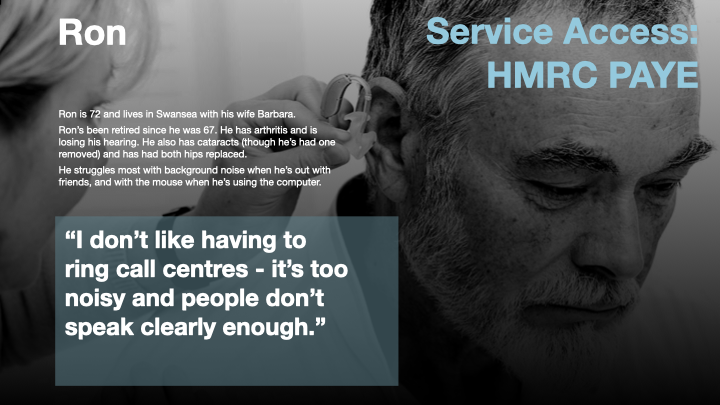



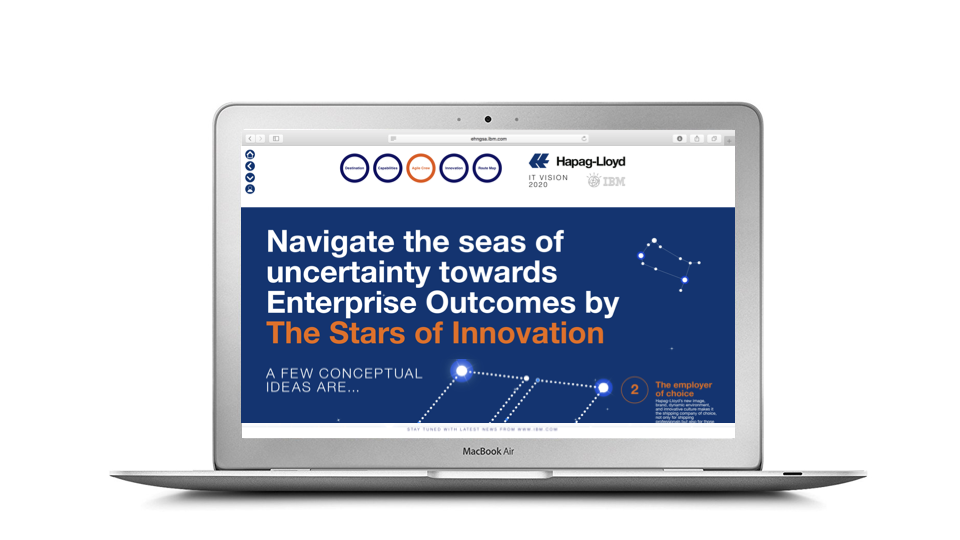


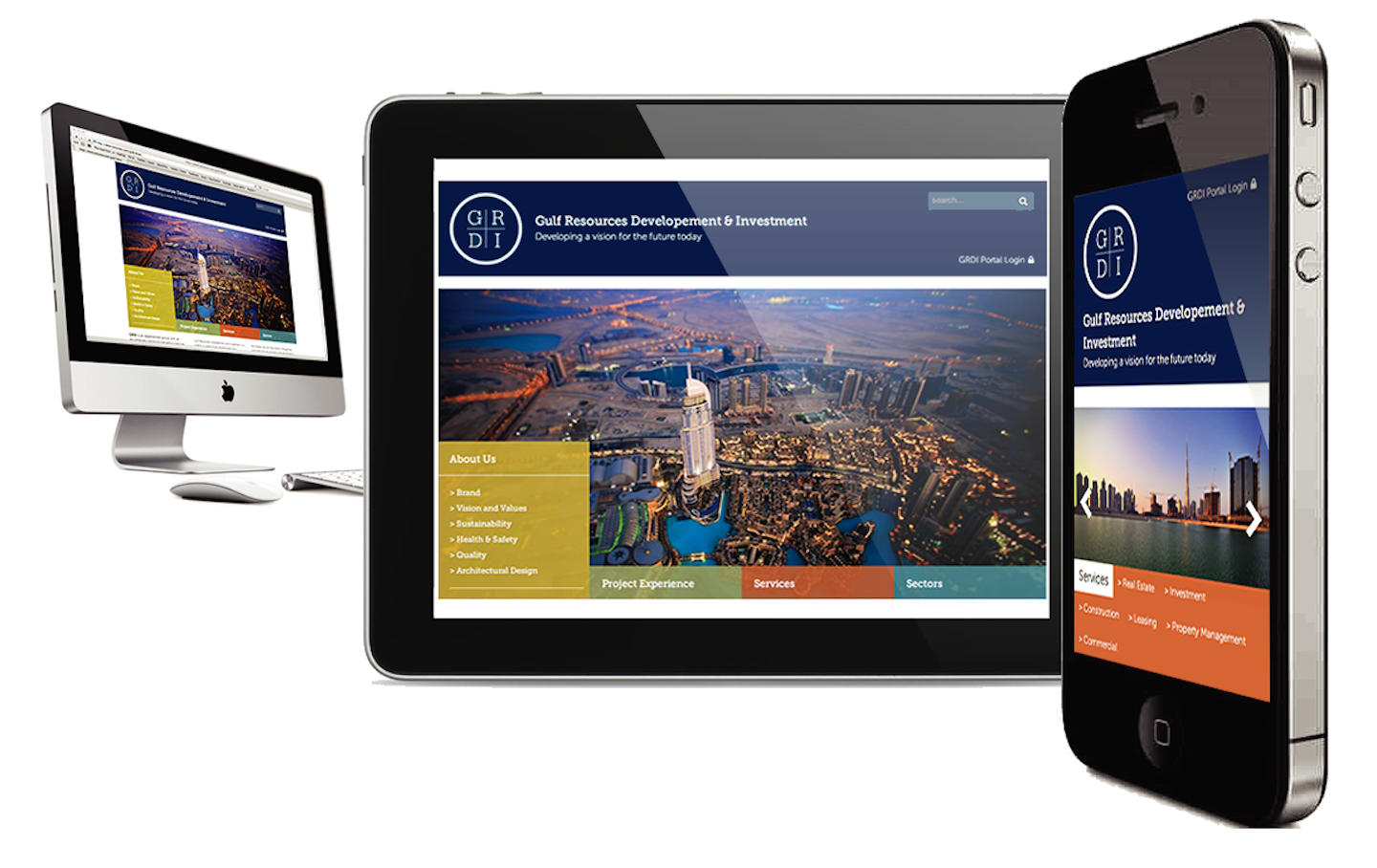

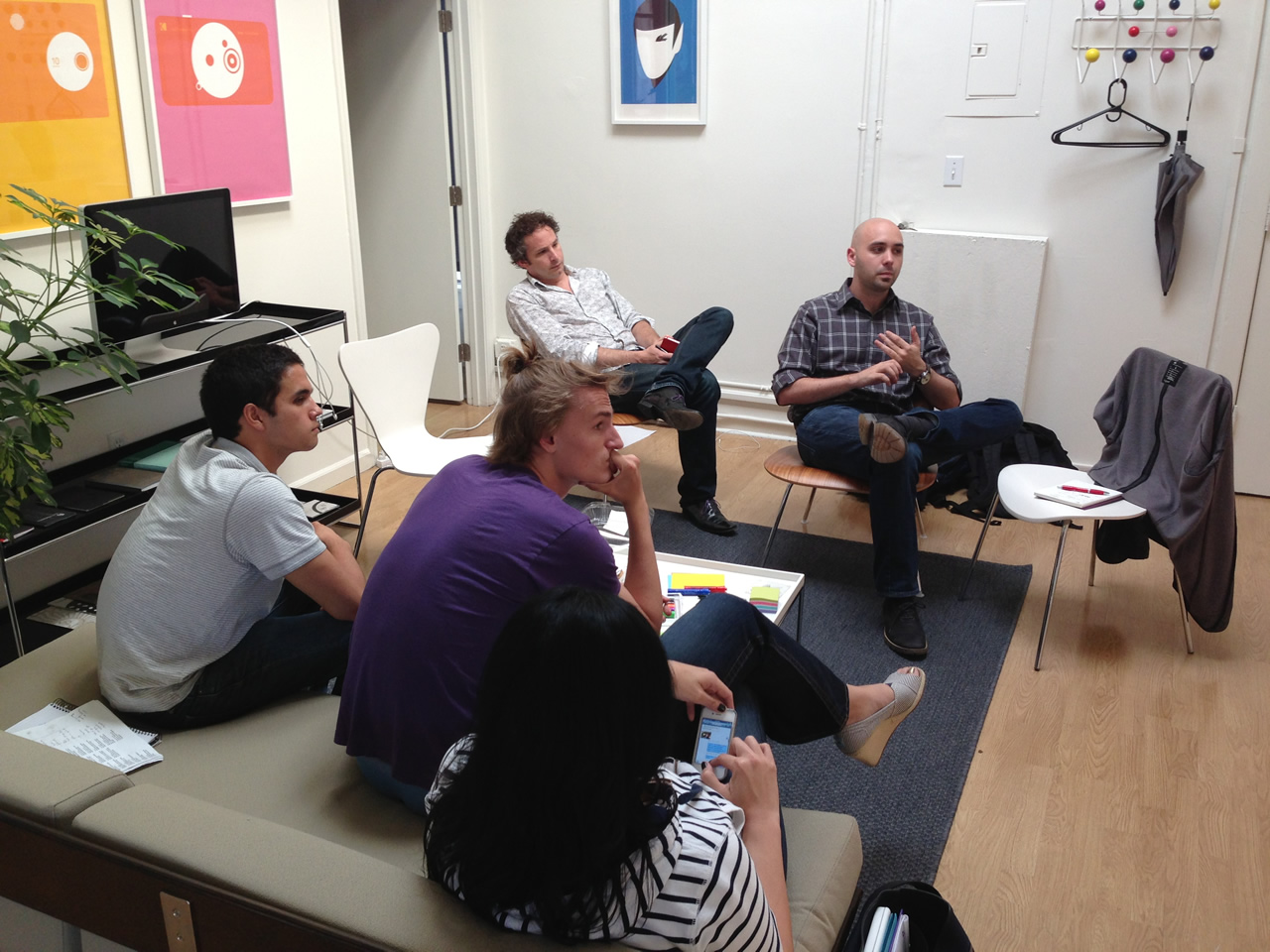

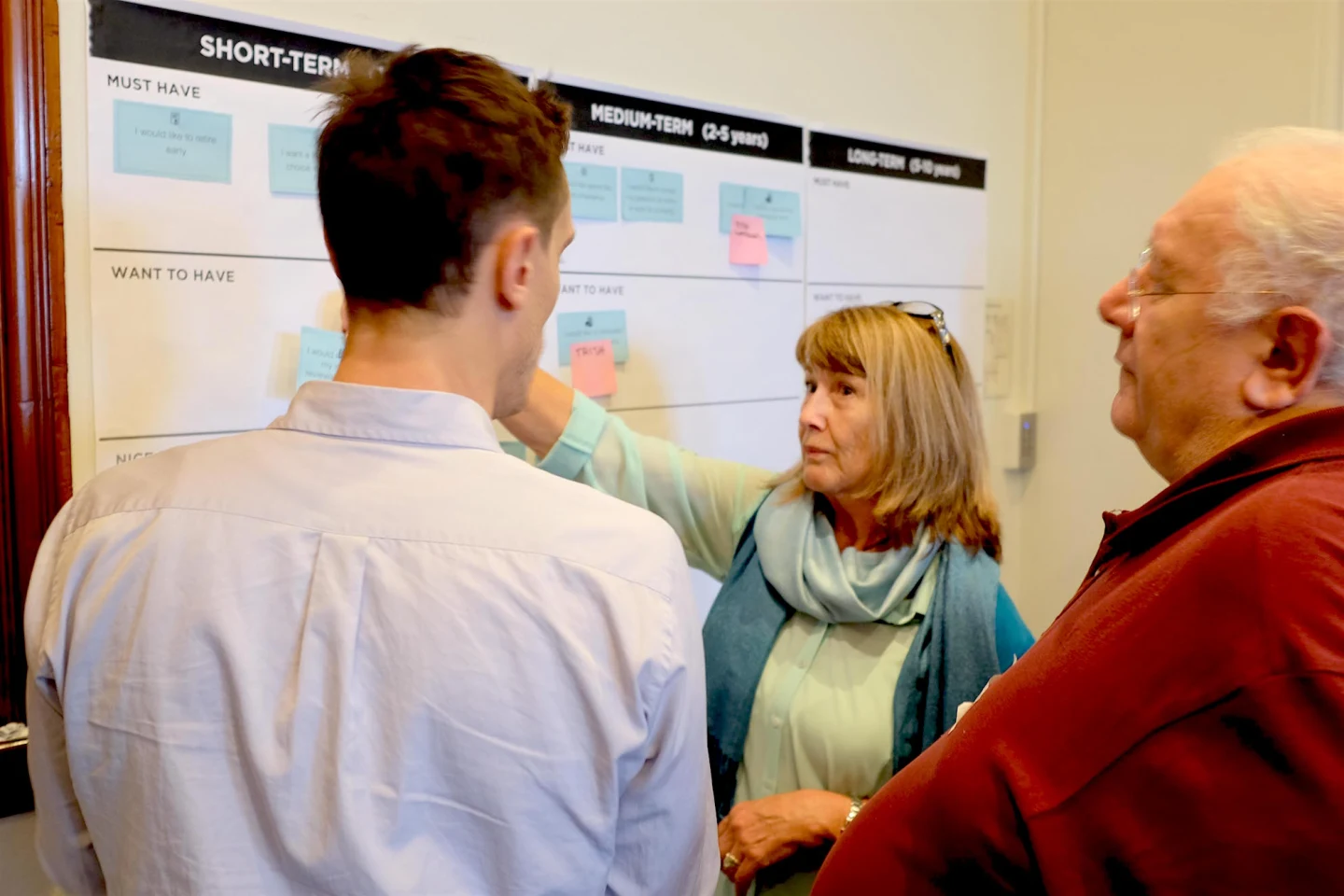




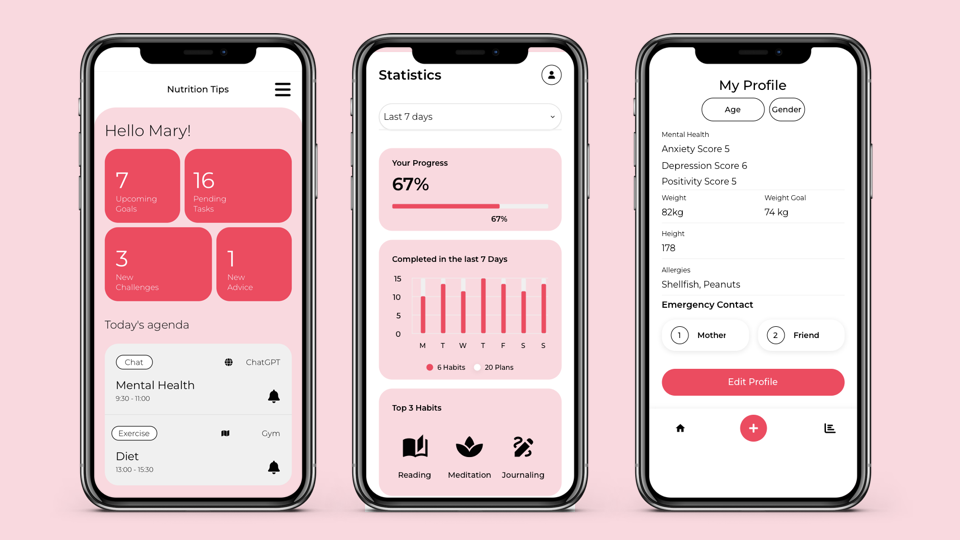


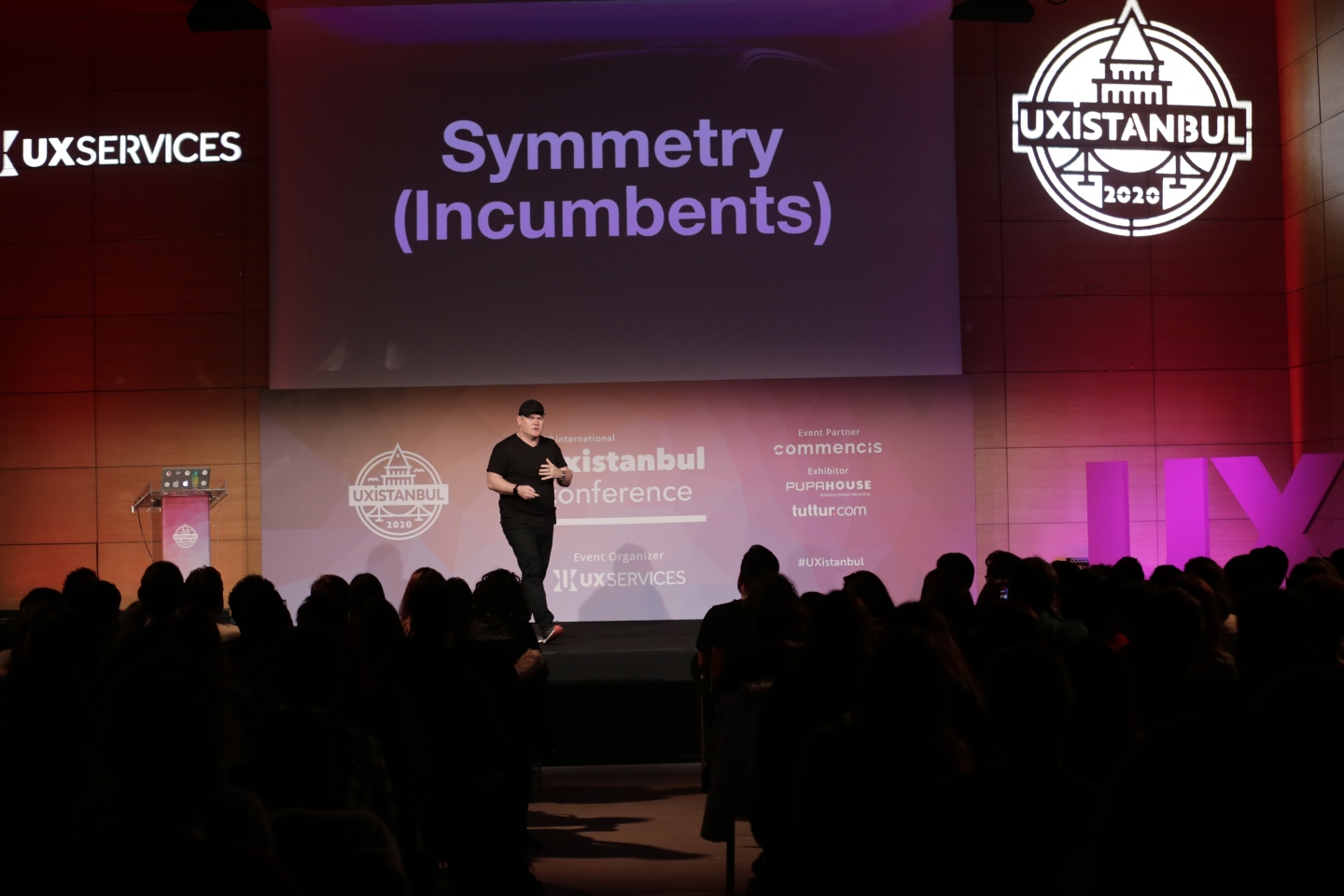

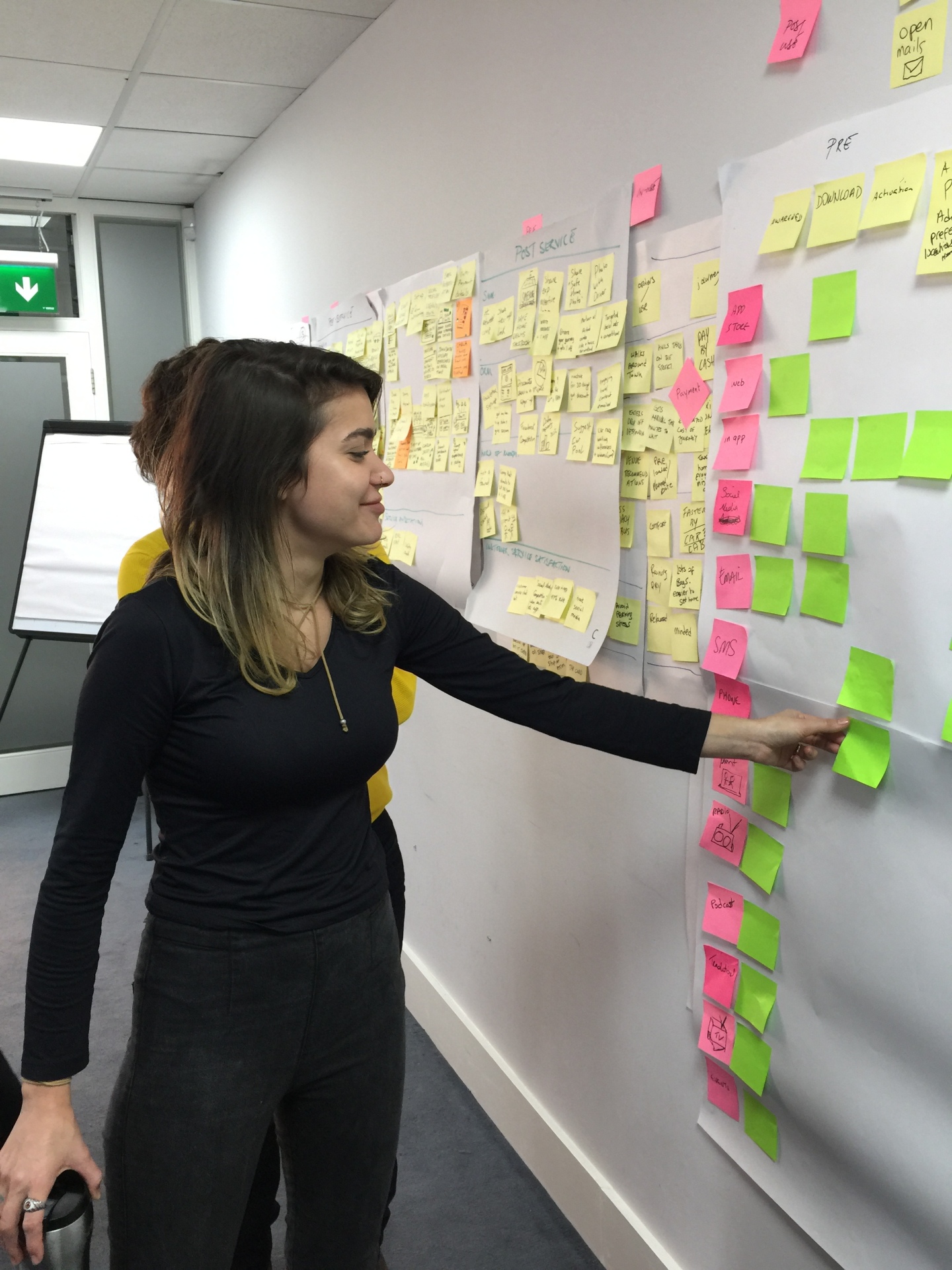
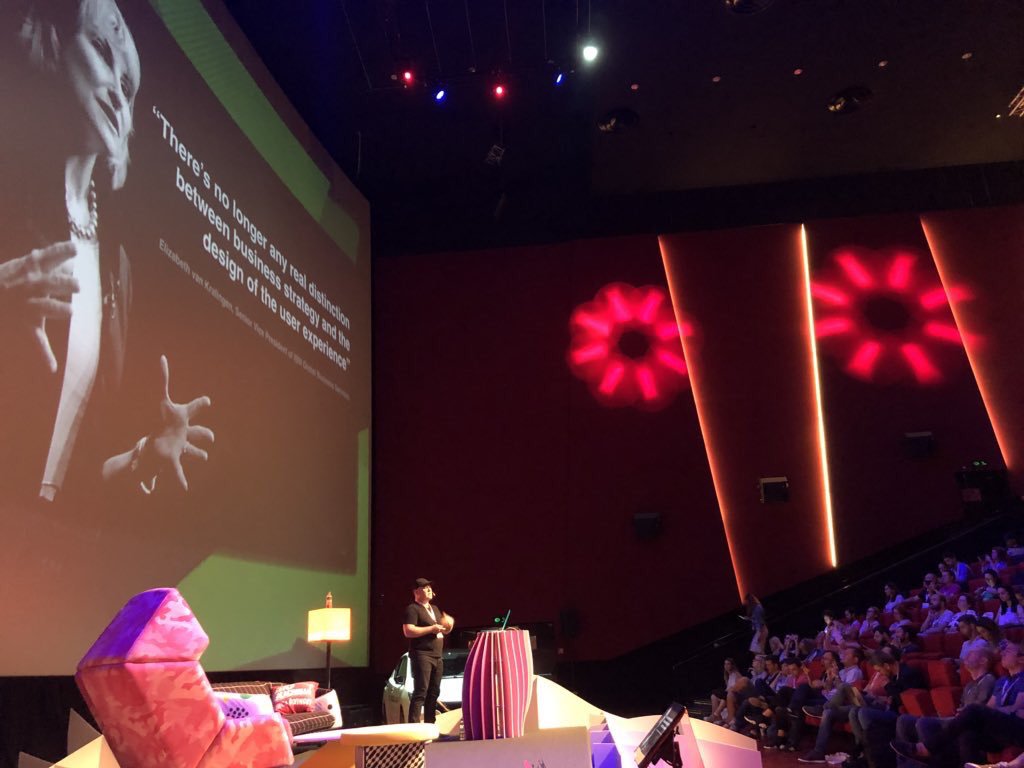
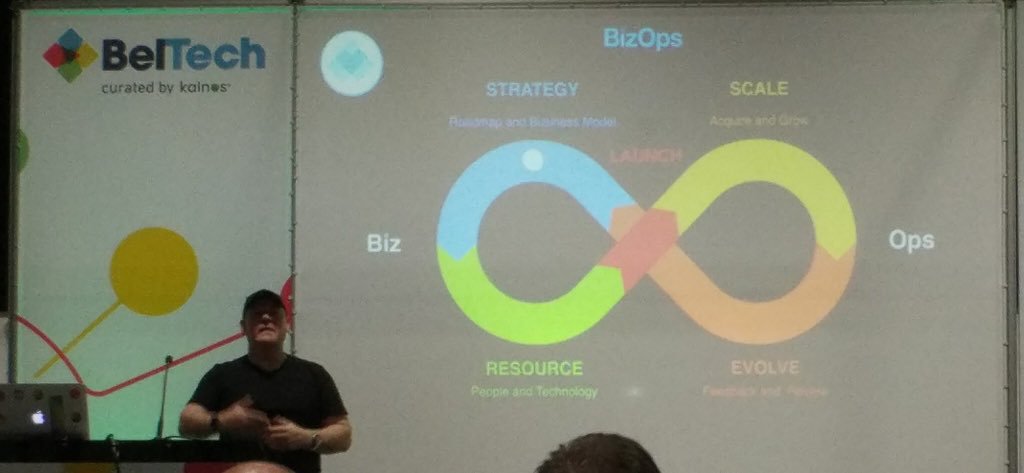
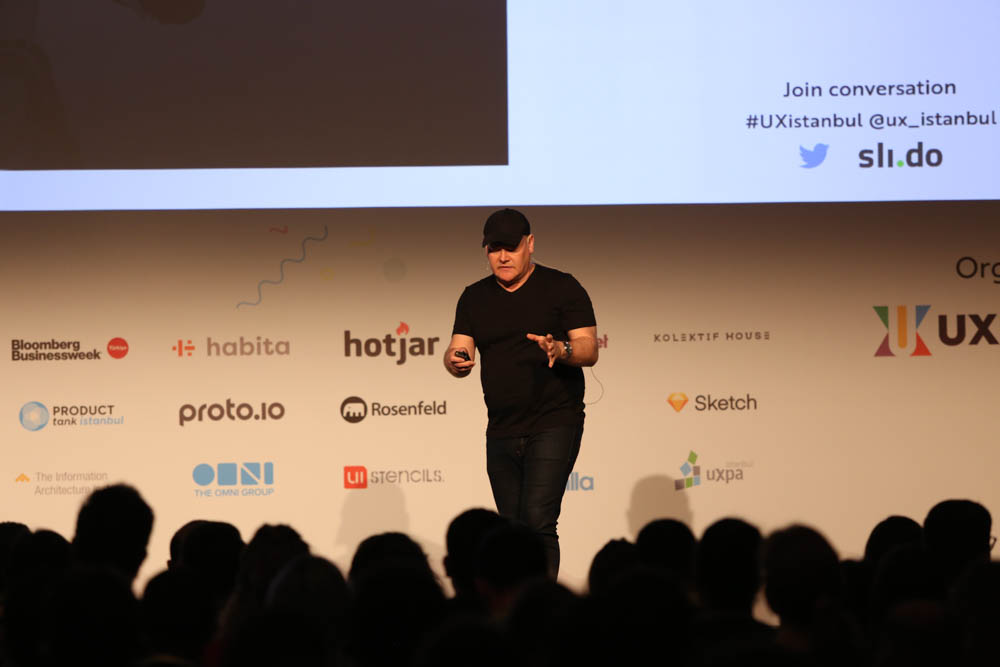
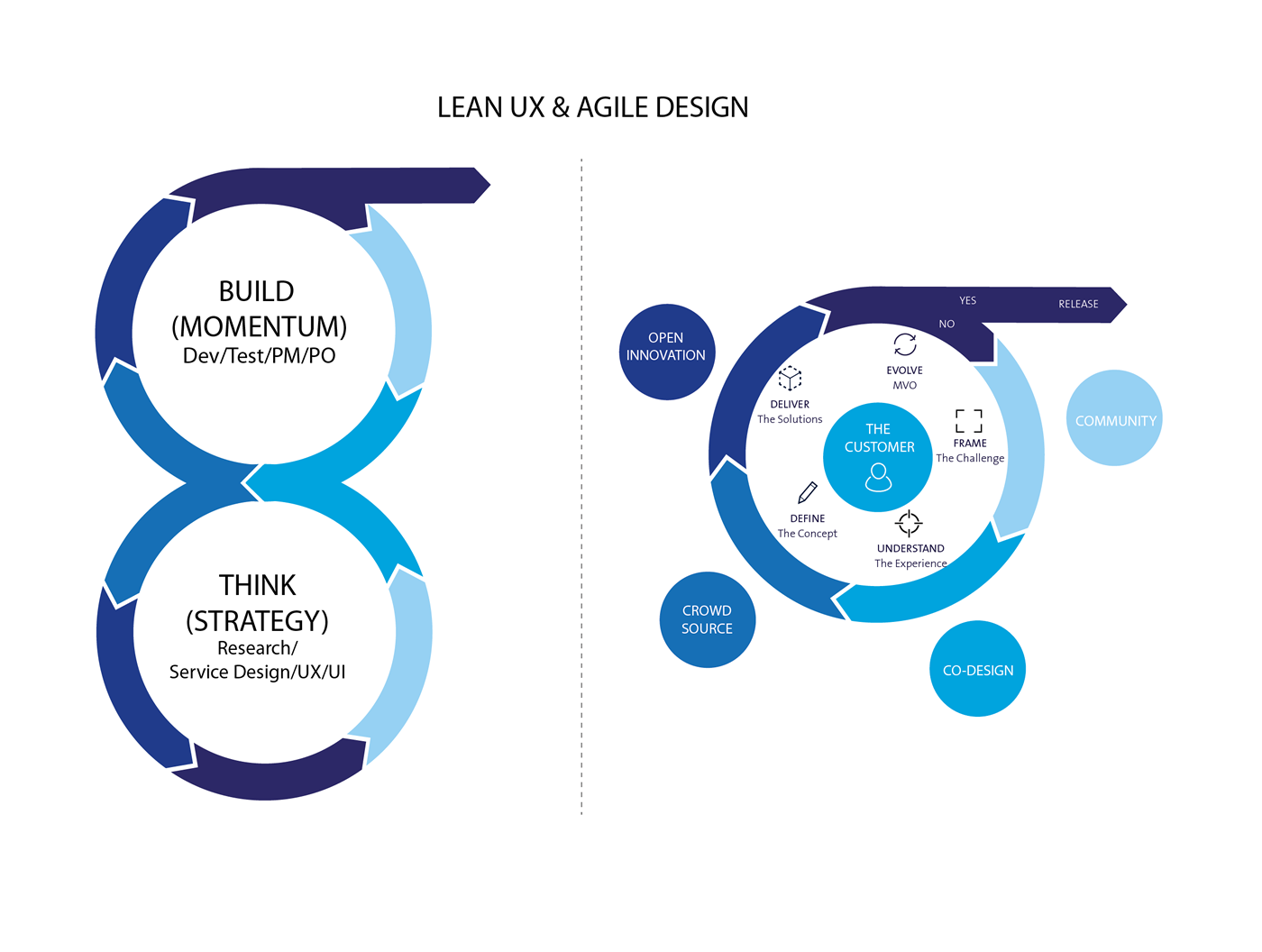
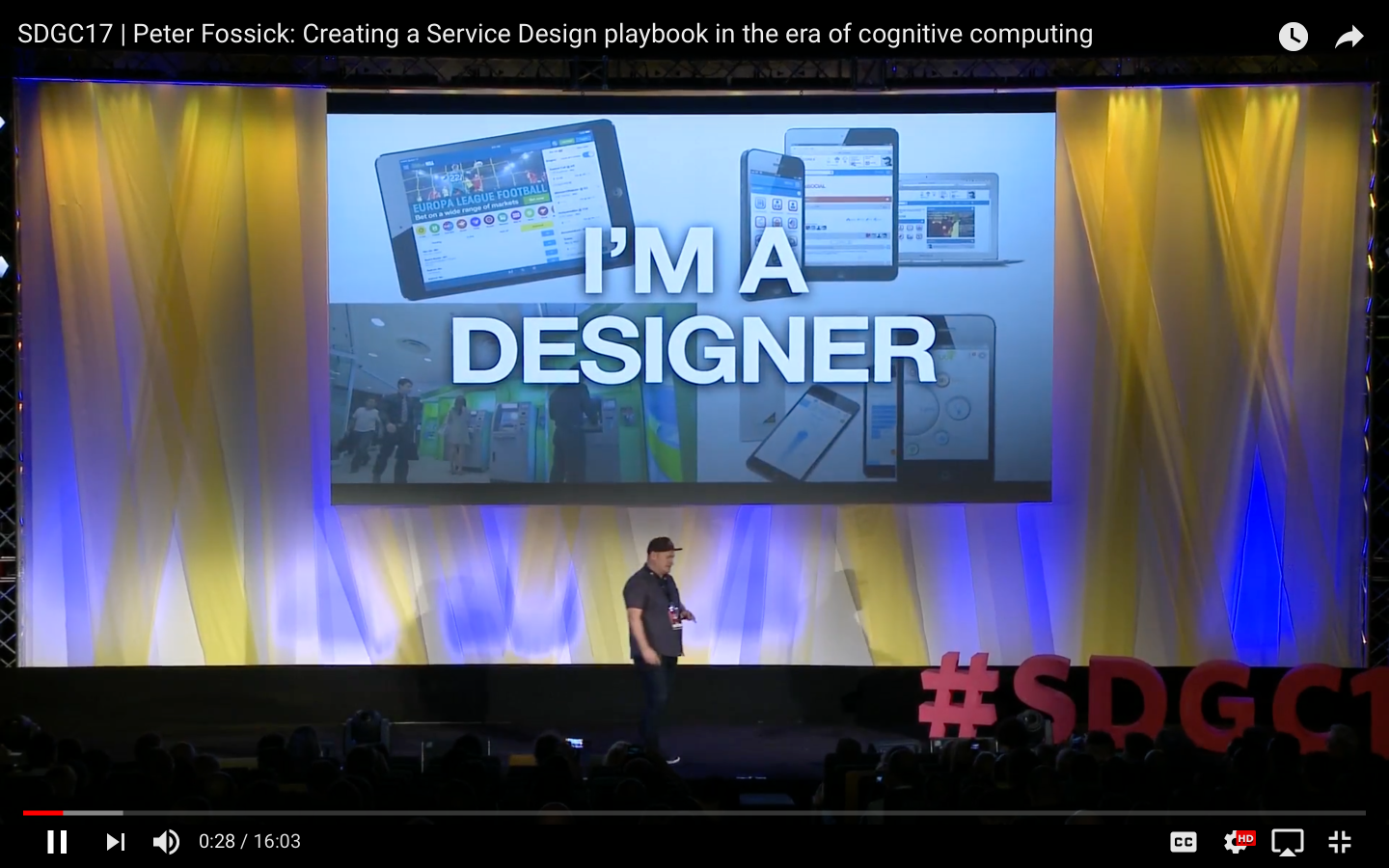
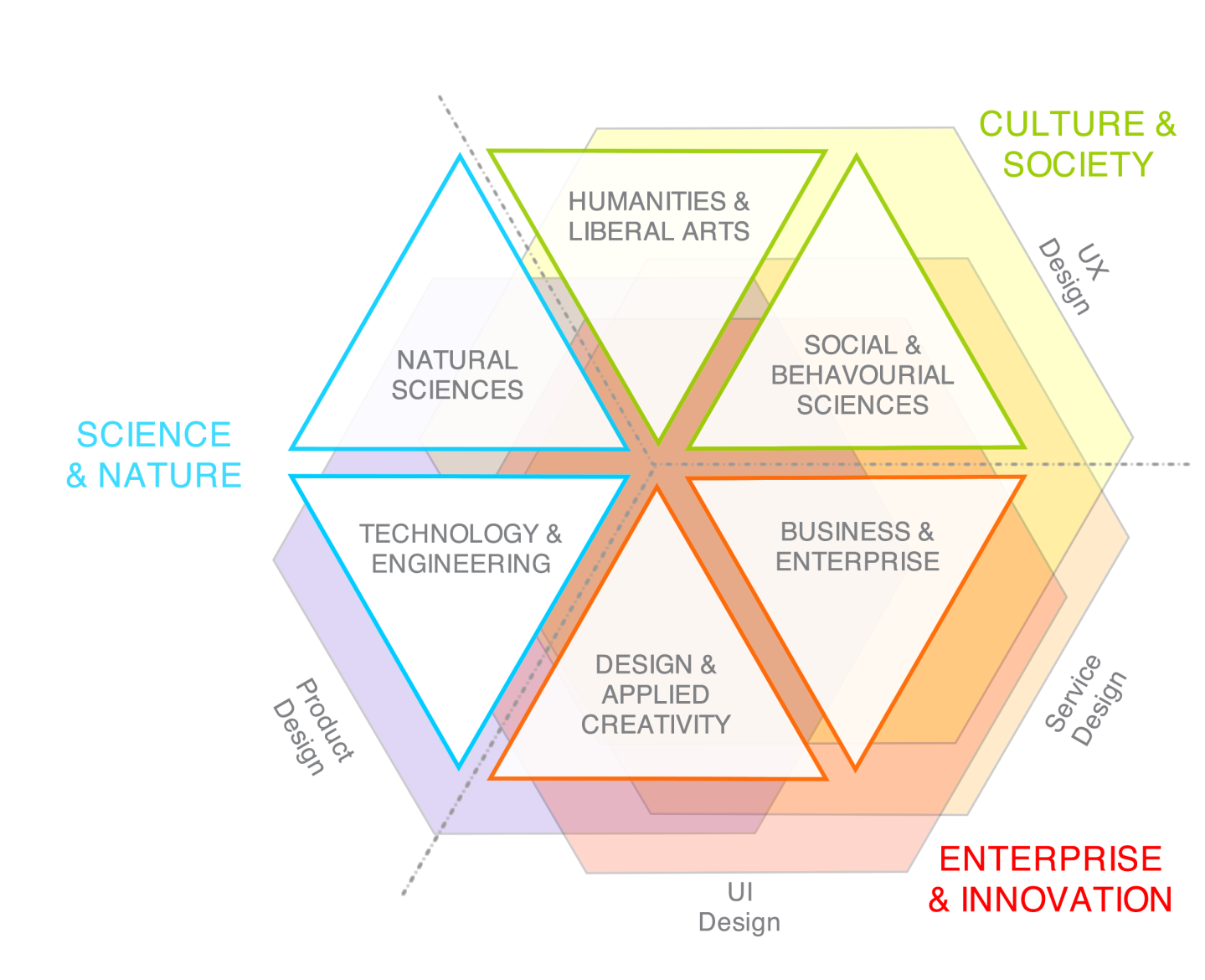
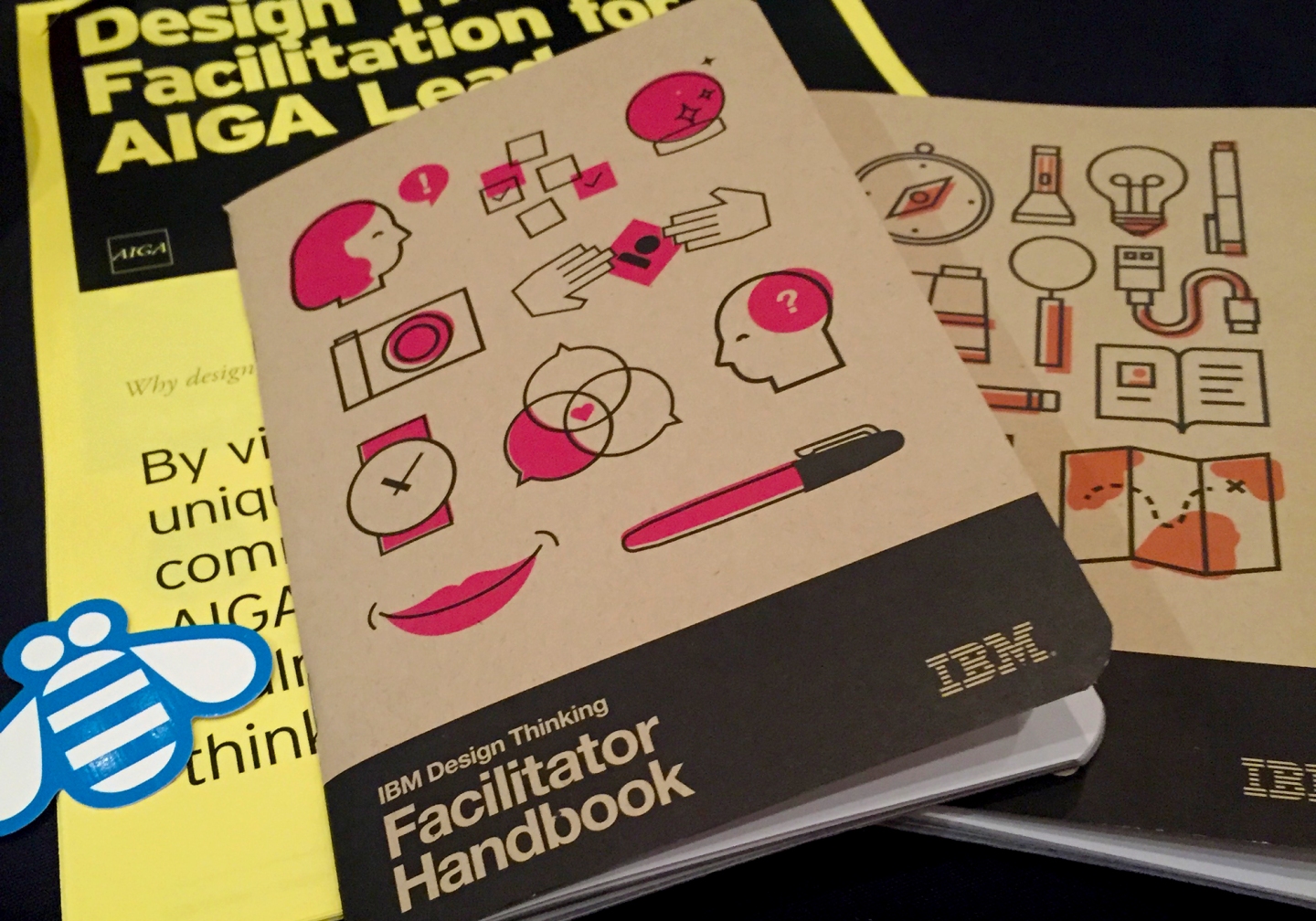
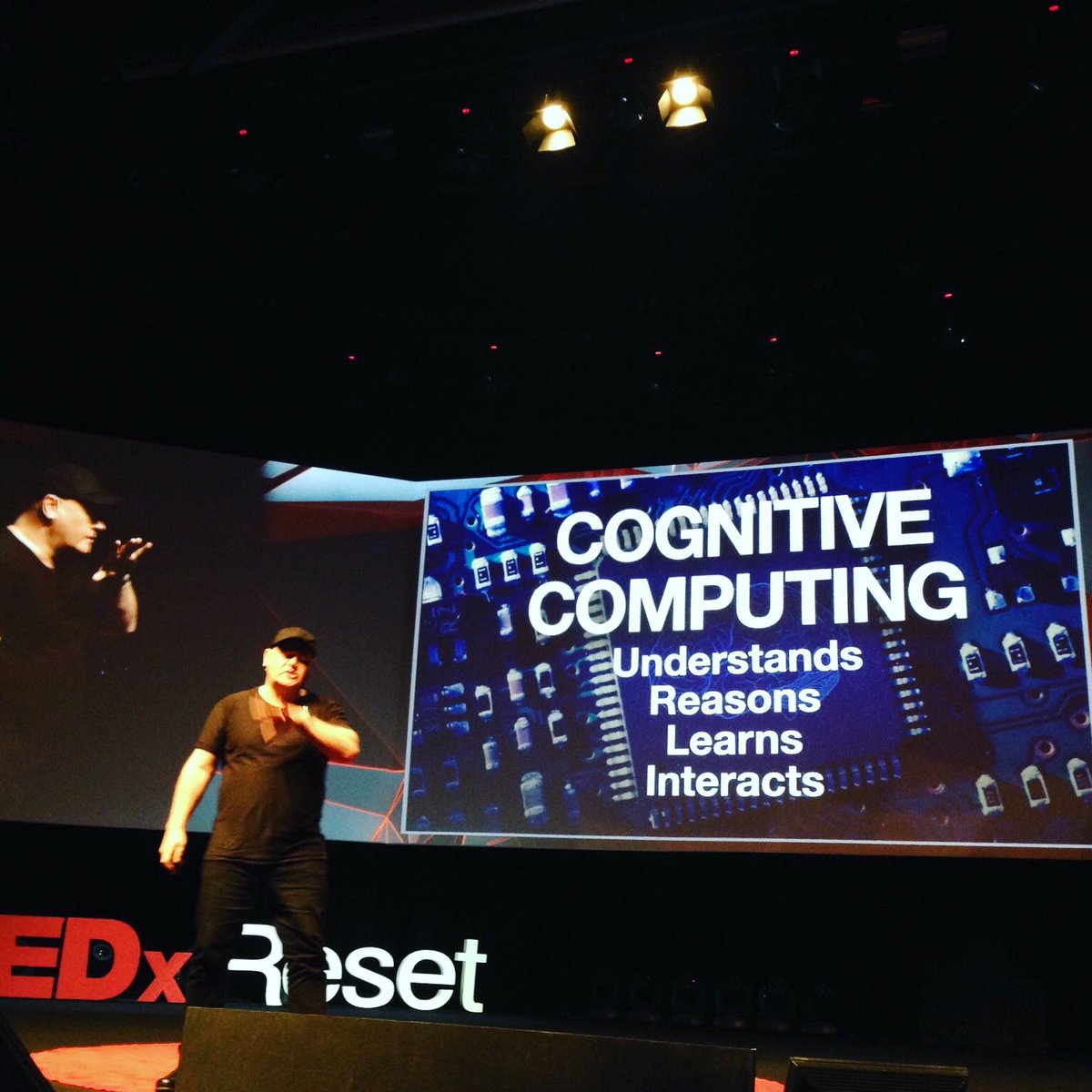
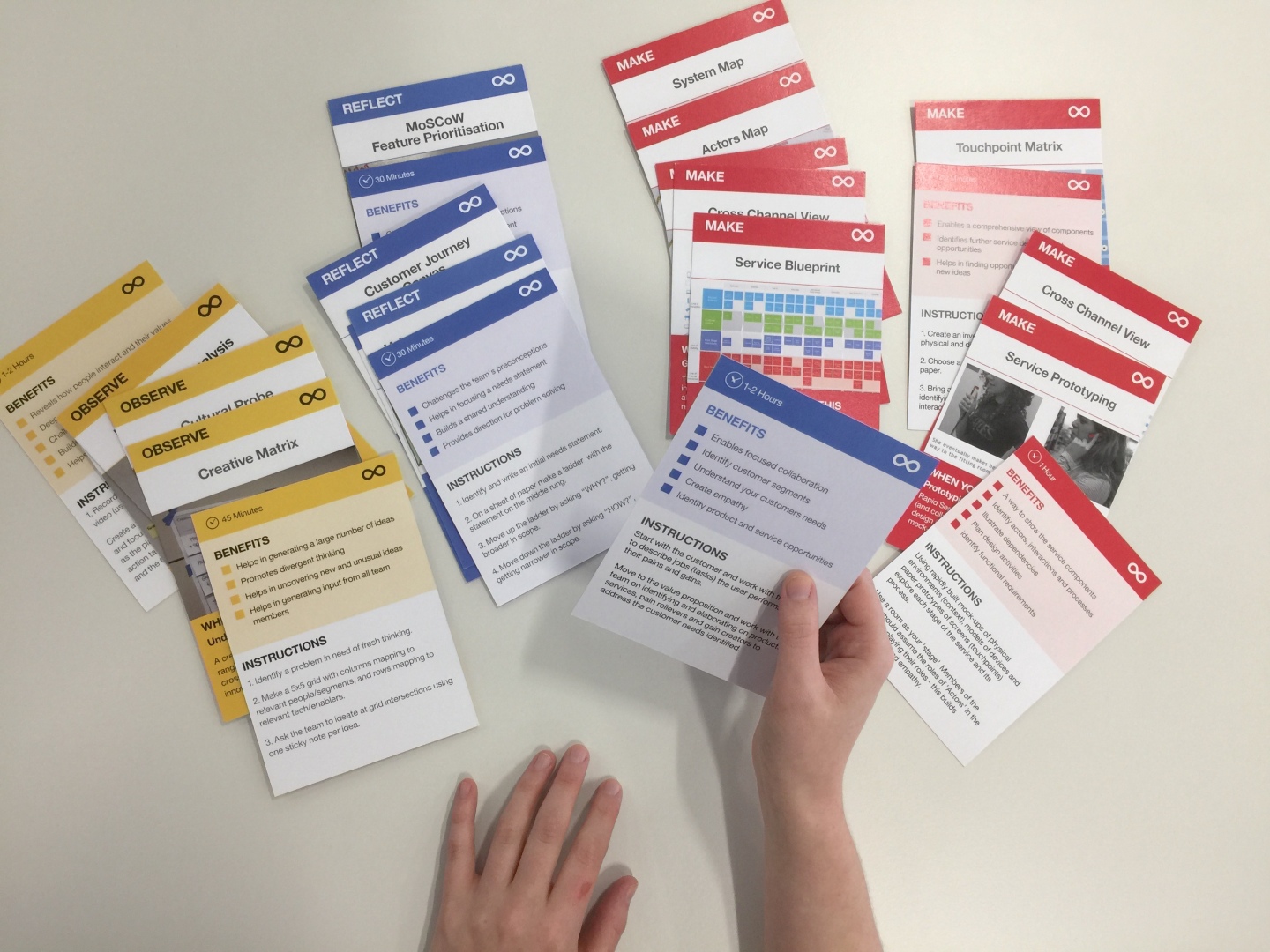

You must be logged in to post a comment.